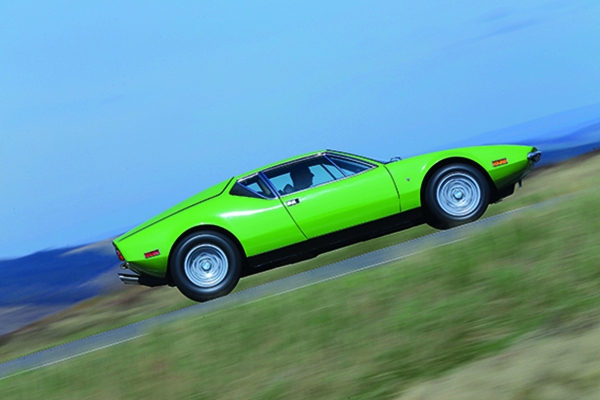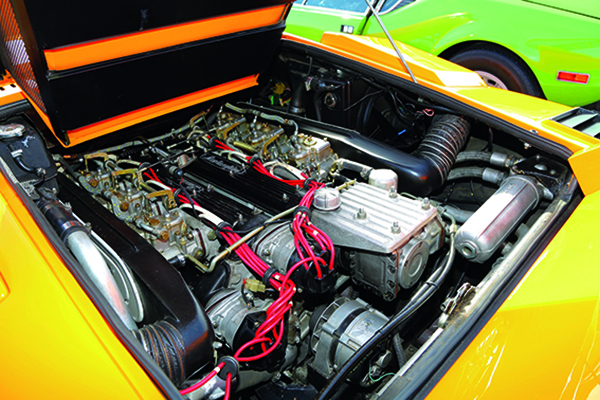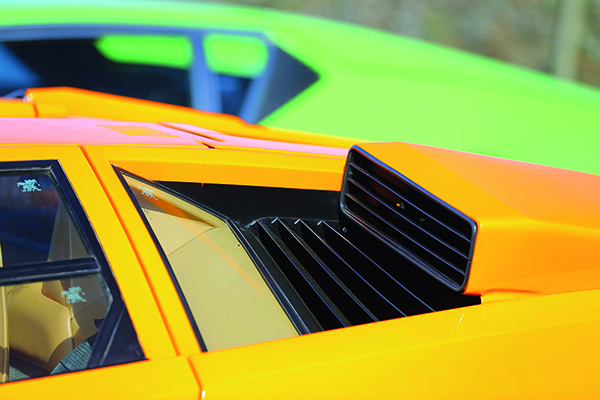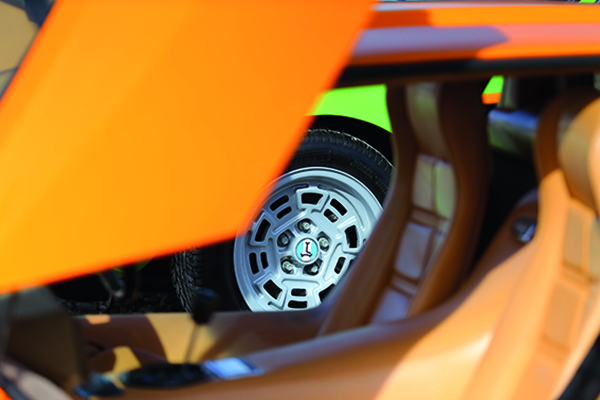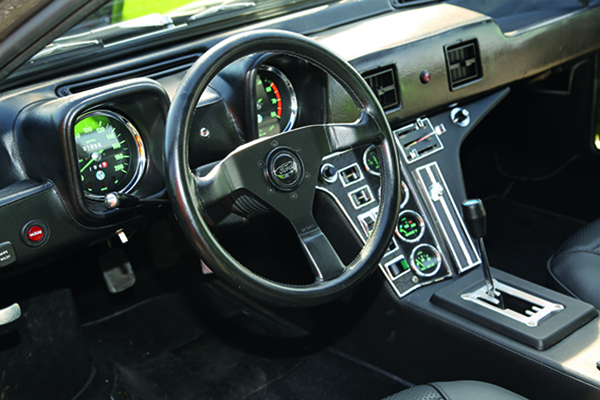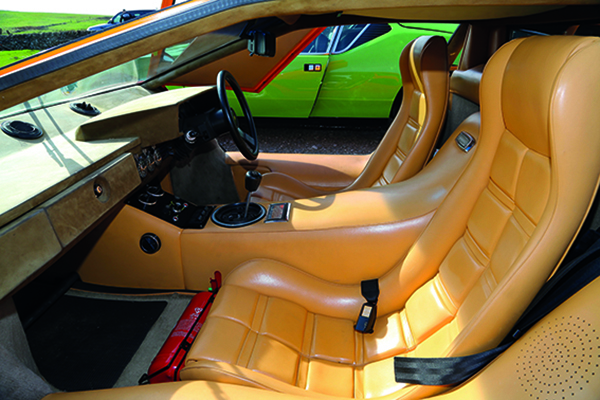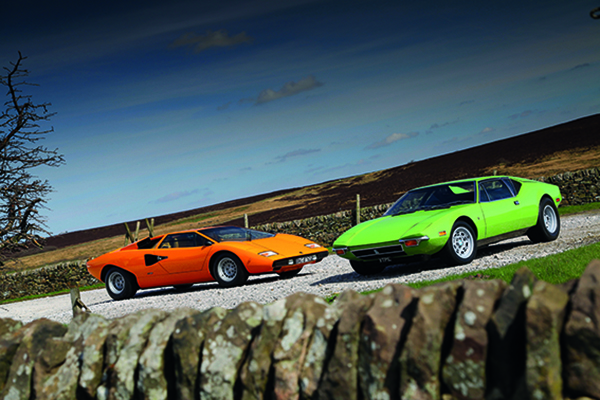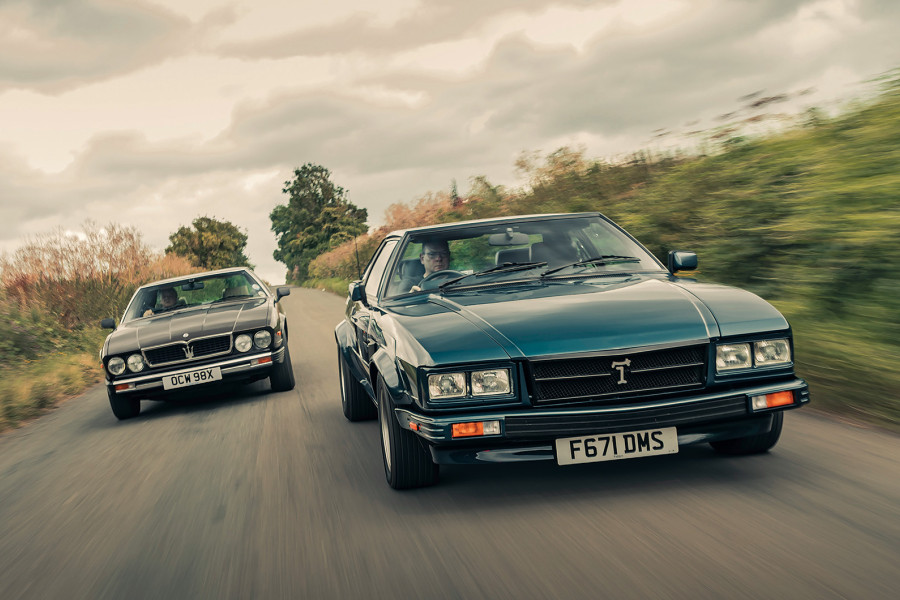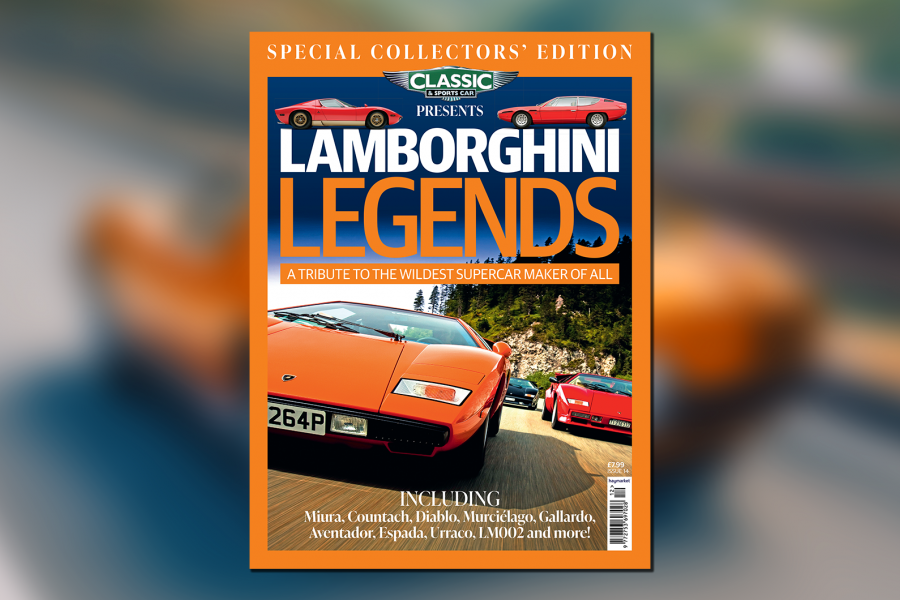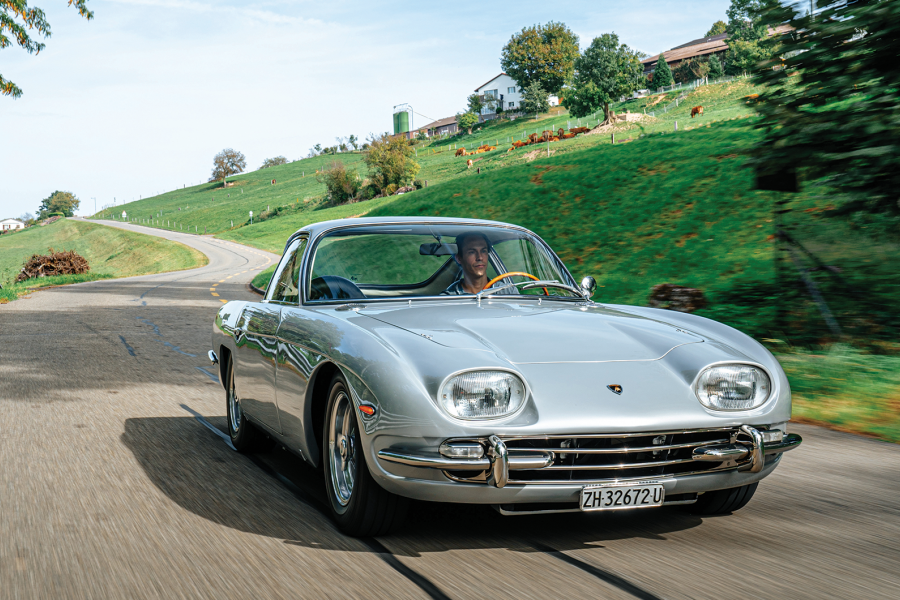Though there’s a clear disparity in the value of the two cars – at around £75k, you’d have to sell a dozen Panteras to raise the funds for an LP400 – both are appreciating, and each of our custodians was wise enough to open his wallet at the right time. De Tomaso owner Michael Fisher explains: “Prices were rising so quickly, we decided that if we didn’t buy one then it might never happen.” Soaring values have also affected LP400 prices, but owner Stephen Ward is quick to point out the relativity of classic values: “When I bought the Countach in South Africa 20-plus years ago, the money would have got me a detached house with a swimming pool and two-car garage in a nice area. Now? It would get me about the same.”
But which of these exotics would win a place in your garage depends on much more than bank balance alone. One offers true supercar performance that is unlikely to be fully tested on the road, along with a sense of drama and theatre that have seldom been repeated. The other is a problem child come good, an uncommonly successful blend of Italian styling and American engineering that seems greater than the sum of its parts. The LP400 is a car that made more sense in the days of Mel Nichols’ continental blasts for Car on empty autostradas, while the Pantera, damned by Road & Track as ‘another high-priced kit car’, seems a more attractive proposition than ever before.
The technologically superior Lamborghini certainly lives up to every expectation born of posters on bedroom walls and dog-eared decks of Top Trumps, but the more time I spend with the Pantera the more I am reminded of a quote attributed to Leonardo Da Vinci: la semplicità è l’ultima sofisticazione – simplicity is the ultimate sophistication.
PHOTOS: JULIAN MACKIE
Lamborghini Countach LP400
Sold/number built 1973-’78/150 Construction tubular steel spaceframe
with aluminium bodywork
Engine mid-mounted, all-alloy 3929cc V12 with dohc per bank and six twin-choke Weber 45 DCOE carburettors
Max power 375bhp @ 8000rpm
Max torque 268lb ft @ 5000rpm
Transmission five-speed manual, RWD
Suspension independent, double wishbones, coil springs, anti-roll bar; fully adjustable
Steering rack and pinion
Brakes dual-circuit ventilated discs,
with servo
Wheels and tyres 14in Campagnolo alloys with 205/70 (front) and 215/70 (rear) VR14 Michelin XWXs
Length 13ft 7in (4140mm)
Width 6ft 2in (1880mm)
Height 3ft 6in (1067mm)
Wheelbase 8ft (2438mm)
Weight 2347lb (1060kg)
0-60mph 5.6 secs
Top speed 175mph Mpg 10-14
Price new £17,890.98 (1975)
Price now £1,000,000+
De Tomaso Pantera
Sold/number built 1971-’92/7260
Construction steel monocoque
Engine all-iron 5763cc overhead-valve
V8, fed by single four-barrel Autolite
carburettor
Max power 310bhp @ 5400rpm
Max torque 325lb ft @ 3600rpm
Transmission five-speed ZF transaxle,
driving rear wheels
Suspension independent by unequal-length wishbones, coil springs, anti-roll bars
Steering rack and pinion
Brakes dual circuit ventilated discs
Wheels and tyres 15in Campagnolo
alloys with 185/70 R15 tyres (front)
and 205/70 R15 (rear)
Length 13ft 11in (4241mm)
Width 5ft 1in (1803mm)
Height 3ft 71/2in (1092mm)
Wheelbase 8ft 3in (2514mm)
Weight 3145lb (1426kg)
0-60mph 5.8 secs
Top speed 139mph
Mpg 17
Price new £6578
Price now £75,000+
Greg MacLeman
Greg MacLeman is a contributor to and former Features Editor of Classic & Sports Car, and drives a restored and uprated 1974 Triumph 2500TC

